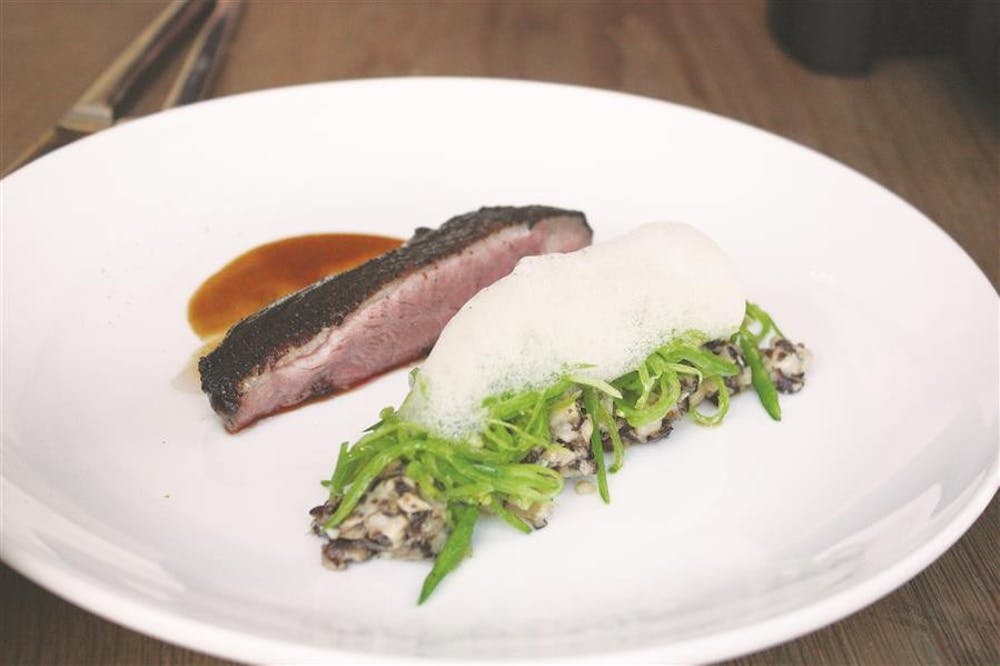You know you’re in a good class when an instructor brings in food the first day.
Professor Richard Wilk walked in the room with his miniature daschund, class syllabi and a Ziploc bag full of what looked like chocolate truffles from afar. I was ready for my first day of ANTH-E421: The Anthropology of Food.
We went over the handouts and talked about the semester schedule, but all I could pay attention to was the contents of the plastic bag. Halfway through the class, he finally opened up the sack and gave each student one of the brown globes.
The mysterious food was a longan, a Southeast Asian fruit related to the lychee.
When the professor asked who had eaten one before, no one raised his or her hand.
After a little instruction on how to eat the fruit, we peeled off the rough skin, examined the milky, translucent flesh inside and popped them in our mouths, biting carefully to avoid the smooth seed in the center.
Naturally, we were told to describe our first impressions of the fruit.
One girl said it tasted like a grape, while another girl said it reminded her more of a cantaloupe. I kept to myself, frustrated that I was unable to think of a way to describe the flavor.
Turns out, I’m not the only one who has a hard time talking about taste.
After we had all given our answers, the professor raised a good point — we all used other familiar foods to describe the taste of the fruit.
Aside from describing flavor by listing one of the five tastes, such as sweet or salty, people tend to describe the texture of the food and relate the overall taste to another food.
And more than often, people just say if something tastes good or bad.
SOMA sells coffee with “hints of chocolate, berries,” and processed foods describe their contents by turning ingredients into adjectives — macaroni is cheesy and pasta sauce is garlicky — but what is the actual flavor?
Without using the word “cheese,” I don’t know how to say what cheesy tastes like.
The English language has few words to describe flavors.
Think about that next time you try to describe a food. Fifty bucks you’ll just end up saying it’s good.
— acarnold@indiana.edu.
Follow columnist Amanda Arnold on Twitter @Amanda_Arnold14.
The truth behind taste

Get stories like this in your inbox
Subscribe



